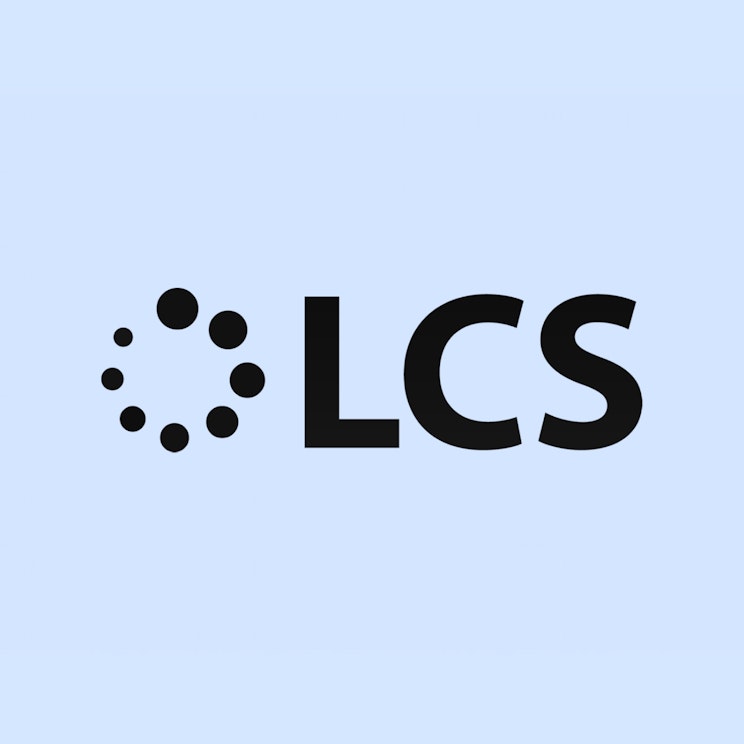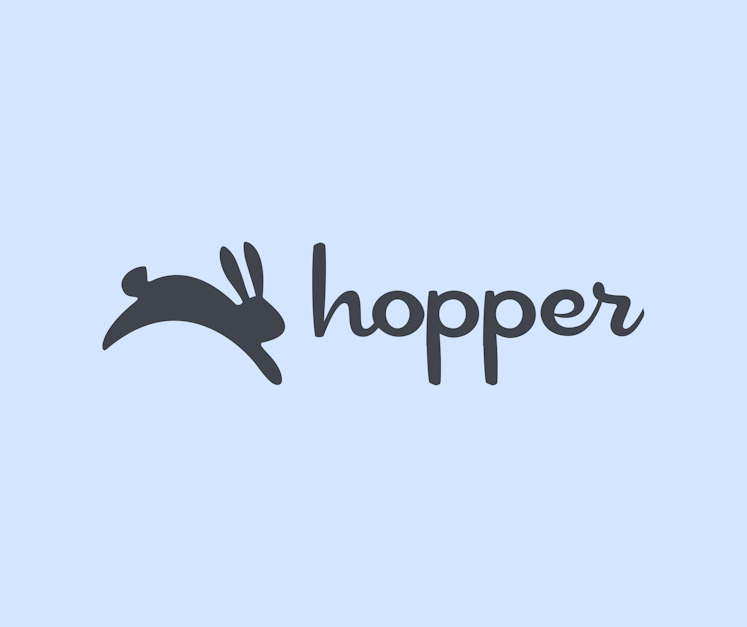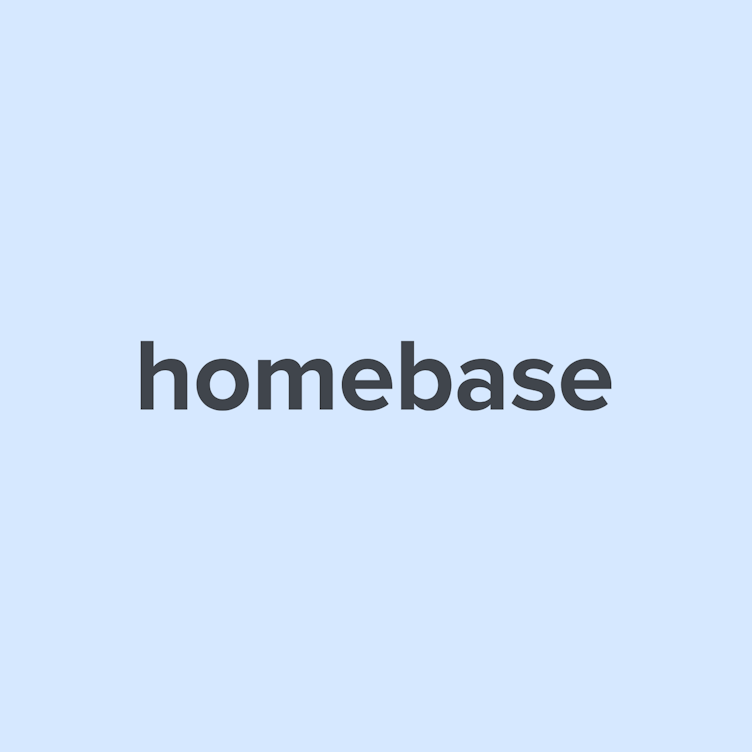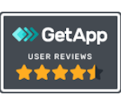

How usability testing helps Zengenti win and deliver projects
Discover how usability testing can help you win and deliver client projects in this interview with senior experience designer at Zengenti.
About Zengenti
Zengenti is a UK-based content management software company creating clever web software, including Contensis, an award-winning CMS that runs leading websites.
Industry
Tech & Software
Opportunity
Leverage usability testing across projects to win and retain clients.
Key Maze features used
Prototype Testing
Heatmaps
Usability Scoring
Share
When it comes to design projects, convincing clients to invest in usability testing can sometimes be a challenge. That happens because usability testing can look like a vague, no-results activity to add to an already long and costly design process. If there’s no evidence of its value, it’s easily neglected.
Zengenti, a UK-based content management software company, found that clients are keen on usability testing if shown how research and testing data can improve their product. When they go into a pitch contest, they make sure to include usability testing results in their design proposal.
Martin Brady, a senior experience designer at Zengenti, tells us: “When we pitch to clients, we show how usability testing works and the data you can get. That’s been vital in helping us win projects.”
Usability testing as a competitive advantage
For a recent pitch, Martin and his team put together an experience of what they wanted to do and showcased it together with click heatmaps and analytics from Maze.
“A lot of our clients have had negative experiences in the past with agencies that would go straight into design and build, and not test with users. When we’re pitching we always show the research and testing we plan on doing."
Martin Brady
Senior experience designer at Zengenti
Share
Zengenti’s clients are mostly public sector institutions such as universities, councils, and the like. These organizations have a massive user base so ensuring their products work before making them publicly available is extremely important. For Zengenti, usability testing is a key part of the product design process.
Always start with the discovery phase
The Zengenti team goes into discovery mode at the start of a project to research the business and its users. There are two parts to this process. On the one hand, they look to understand what the organization is trying to achieve, and on the other, what their users want to accomplish.
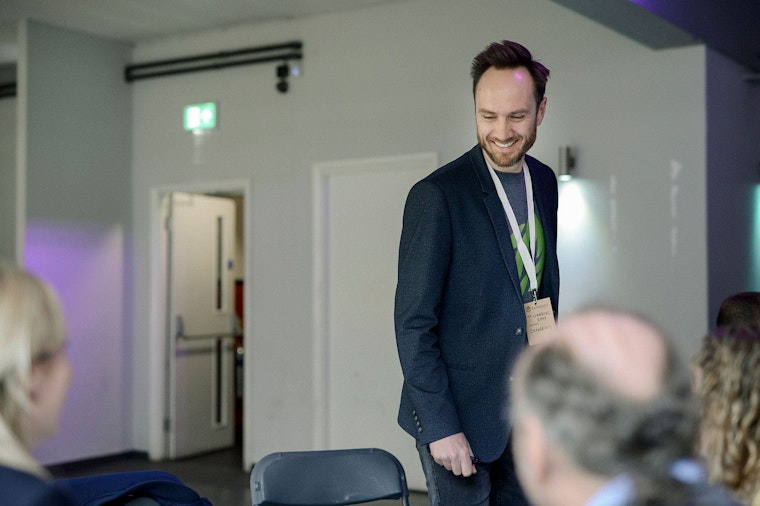
Zengenti team
“We do on-site workshops and interview key stakeholders from the company to find out their goals. Equally important, we look at user needs, analytics, and any existent research that has already been done.”
Martin Brady
Senior experience designer at Zengenti
Share
During the discovery phase, the aim is to become familiar with both business and user goals. With that information mapped out, you can start populating user journeys and then translate them into something more tangible: a prototype.
Identifying top tasks: red route analysis
Promptly after discovery, Martin and his team put together a mid- to high-fidelity prototype for desktop and mobile. The prototype will usually include about ten top tasks that address the most important activities users are currently trying to achieve in the product, as well as their goals going forward.
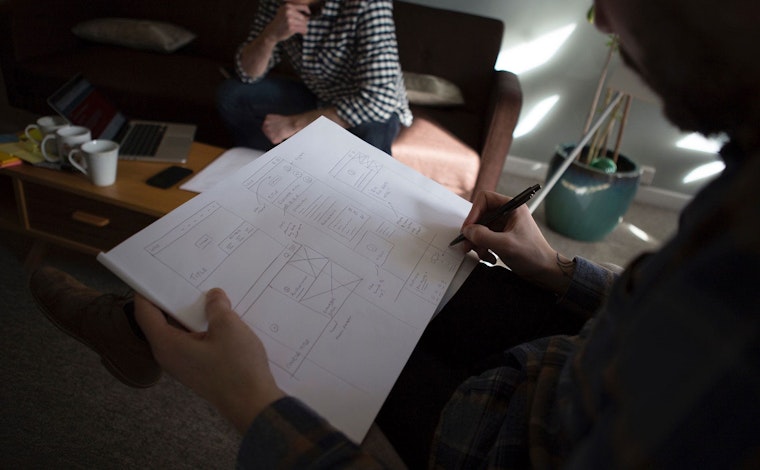
Identifying top tasks helps create user flows and eventually, the prototype
Similar to red route analysis, identifying the top tasks that are essential to users can help guide your testing process going forward.
“And that’s where Maze comes in for us. We’ll do a lot of early prototyping and testing with our clients’ actual users. And we’ll iterate based on those results before handing off to development,” explains Martin.
Tips for getting accurate results from testing
An important step to conducting user testing is choosing the right participants. Unless your product is fairly generic, test with your target audience to get as accurate results as possible. That’s why the discovery phase is so important: you have to know your users before doing any form of testing.
“Most of the organizations we work with have a huge social media following, so we’ll share the link on their social media channels and get a good number of results. In case we have to recruit externally, we’ll survey participants before the test to make sure we get the right people,” says Martin.
When working on their CMS product, the team uses video recording tools to conduct usability tests with users. Martin sometimes finds that these tools can create a pressured environment, making people feel like they are the ones being tested rather than the actual product.
“When you have a camera over you, and you’re being recorded while someone’s looking over your shoulder—even I am feeling pressured when I do that.”
Martin Brady
Senior experience designer at Zengenti
Share
With Maze, you share your link with your testers and they go through the prototype in their own time on their device. “We’re actually getting better results that reflect what people would be doing on the product as opposed to what they’ve been told to do or are being pressured to do. Maze’s unmoderated approach is really valuable.”
Project sign-off made easy
The evidence they gather from usability testing helps the Zengenti team get sign-off on designs. Making sure that every stakeholder is aligned on key aspects of the product being built is essential to the client-designer relationship. Usability testing data makes this much easier.
Everyone on the team comes together to analyze the data and look for key insights, which will guide the work from then on. Generally, they're able to iterate on the results straight away.
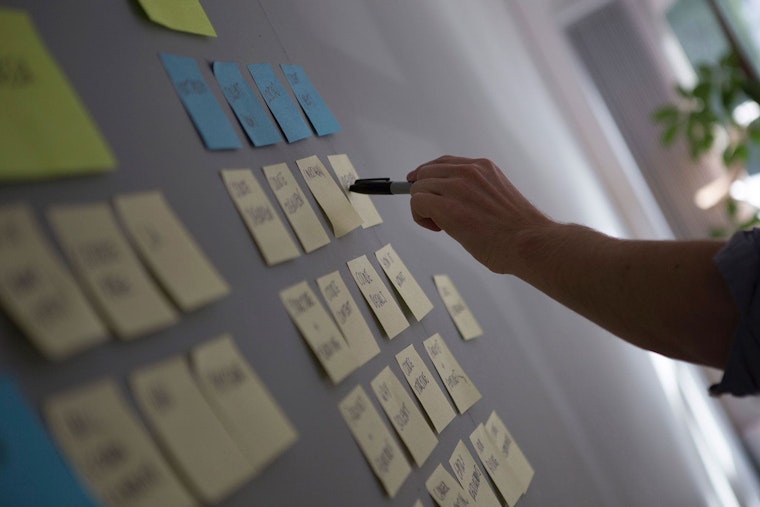
During analysis, the Zengenti team comes together to discover key insights
“We’ll talk with the client and make sure they’re happy with the changes. All our solutions are supported by interview feedback, analytics insights, and the report from Maze. With our evidence-based approach, it’s easier to get sign-off on projects and deliver on time."
Martin Brady
Senior experience designer at Zengenti
Share
Detecting unexpected design issues
When working on a recent project with Ordnance Survey, one of Britain’s biggest mapping agencies, their testing results surprised them.
The design in question included card-based navigation—similar to news websites, that when tested with users revealed that people were clicking anywhere on the card expecting to take them to the next page.
“We found out from the Maze heatmaps that we needed to change the taxonomy. We weren’t expecting that feedback. All we had to do is move the tag about 100px down on the card, and it made all the difference. And we were able to identify that from Maze. I was relieved!”
Martin Brady
Senior experience designer at Zengenti
Share
When they showed these results to the client, they completely agreed and the change was made straight away.
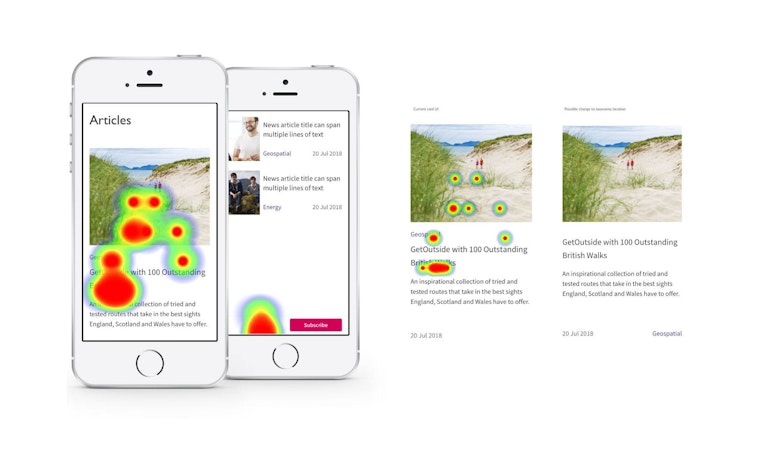
Testing a card-based navigation revealed users were clicking on the wrong spot
“Maybe three or six months down the line we would have noticed this abnormal user behavior and a high bounce rate. We probably wouldn’t be able to identify the cause at that point. It would have gone completely unnoticed,” concludes Martin.
For months on end, Martin had been looking for a tool that would work with their workflow of Sketch and InVision. As soon as he came across Maze, he went to the website to try it out. “About twenty minutes later, I had put together a couple of tasks based on my prototype and I knew this had a lot of potential.”
“We had the opportunity to introduce Maze during the last projects and it’s been really valuable: being able to get stuff signed off, receive feedback, iterate—the whole agile process. It’s something that we use as part of our process now.”
Martin Brady
Senior experience designer at Zengenti
Share
